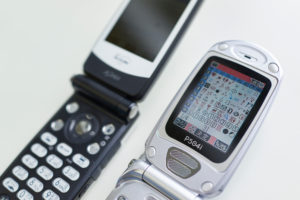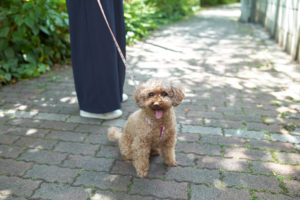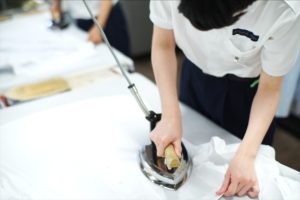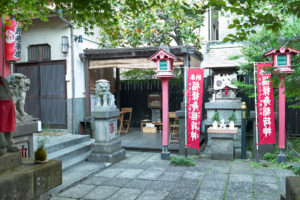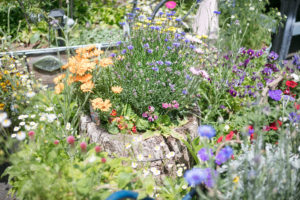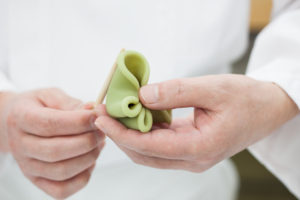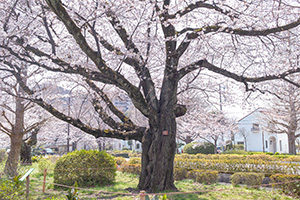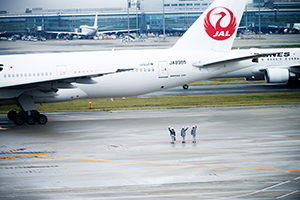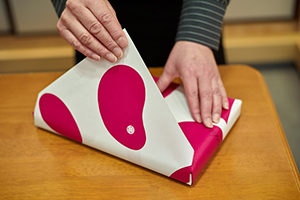The care that an Oshibori Implies and the Meaning of Chopsticks
The relationship between Tatami Culture and Oshibori
When you go to a restaurant in Japan, it is customary that they serve customers a glass of water and an Oshibori (a wet towel for customers to wipe their hands). Cleaning your hands with a warm Oshibori makes most Japanese people feel ready to enjoy the meal with peace of mind. Oshibori comes in two types, one is a wet towel and the other is a wet tissue and serving the Oshibori before the meal at a restaurant is a unique custom in Japan. One of the theories explains that serving the Oshibori started in the Muromachi Era when inns served a bucket of water and a towel when customers arrived so that they could clean their hands and feet. “The reason why we still serve Oshibori is related to Japanese Tatami culture”, explains Ms. Yuka Aoki, an instructor of “The Japanese Table Manner Workshop” hosted by Hotel Okura in Tokyo. “Fundamentally, it is Japanese etiquette that you prepare yourself for a meal by checking your attire or washing your hands in the rest room before you get seated. However, at a Japanese room there are occasions in which you greet each other by touching Tatami with your hands (in a deeply courteous bow). That means you have touched the place where people walk. Therefore, the serving of Oshibori also means that they can purify their hands.”

Eating Etiquette Carried on from Ancient Times
Please note that the Oshibori is to wipe your hands, not your face or neck. After wiping your hands, loosely fold it back up and put it back on the Oshibori tray. If you want to wipe your mouth after eating, use a napkin not the Oshibori. You can use the napkin in the same away as when you have a Western meal. You can avoid making your clothes dirty by folding 1/3 of the napkin and wiping your mouth with that 1/3. Another important item for Japanese table manners is chopsticks. There are many types of chopsticks. Tensoge-chopsticks are the chopsticks where one end of chopsticks are diagonally cut so that people can tell which end to use. They are beautiful and quality chopsticks made from straight grains of cedar. The origin of Rikyu-chopsticks, which is the type of chopsticks used for Kaiseki Ryori (Japanese traditional course meal) or entertaining guests, is when Sen no Rikyu (a famous tea master during the Azuchi-Momoyama period) himself shaved off the edge of his chopsticks. The chopsticks with thin ends on both sides mean that both people and gods can eat together as one side is for humans and the other side is for the gods. The origin of this is a custom where people served the food to god and then ate it themselves to invite good luck to them. The round chopsticks are used for celebrations such as at New Year. They are round to symbolize no edges, meaning things will all go smoothly. They are made from willow so it is hard to break them.
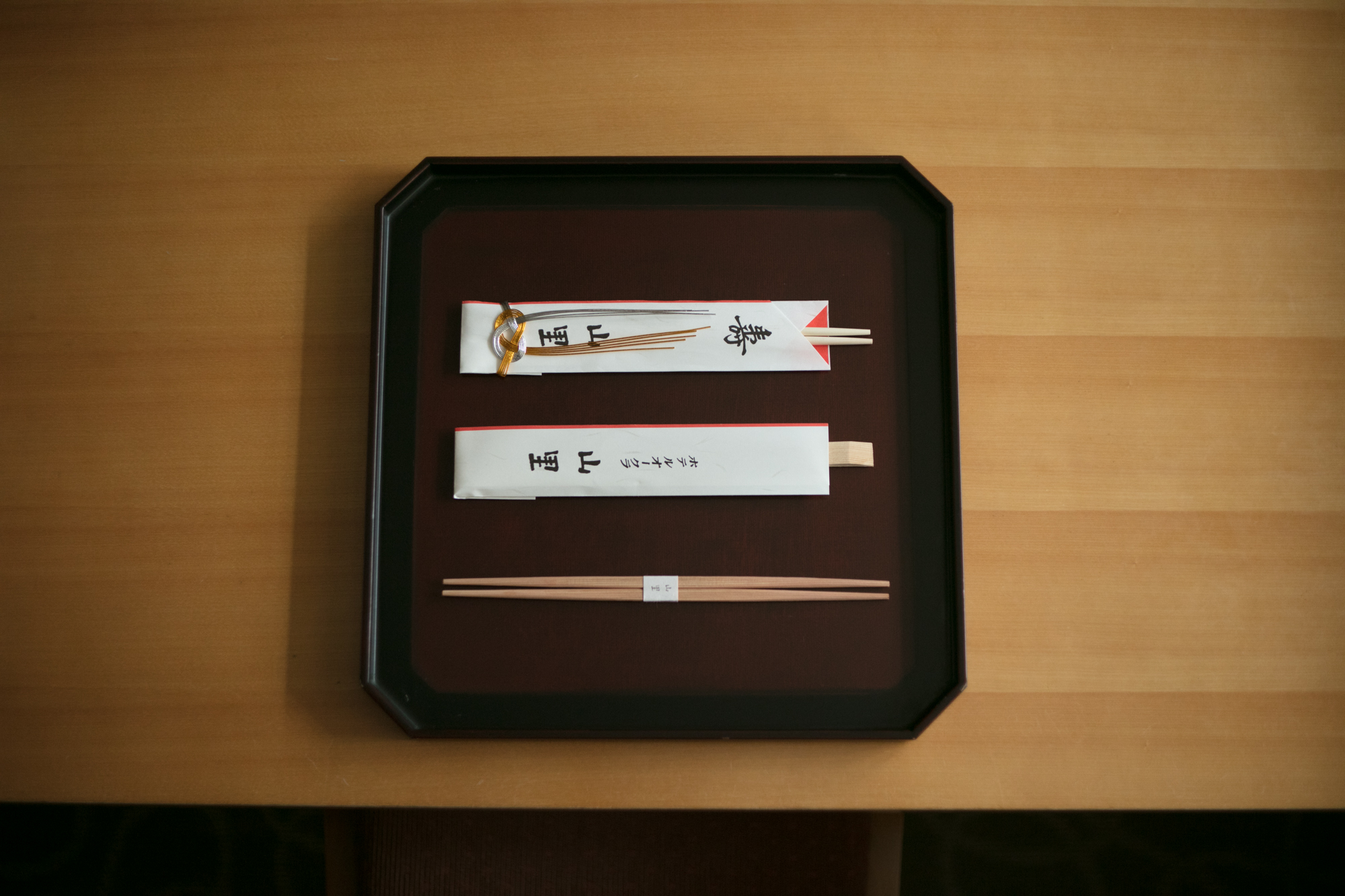
The Basis of Japanese Table Manners is Omotenashi (Welcoming Spirit & Hospitality)
Once food is served, take the chopsticks from the chopstick cover and put them onto the chopstick rest. Place the chopstick cover on the left side. If the chopstick cover has a belt made from Japanese paper, remove it by sliding not tearing. If they are half-split chopsticks (still joined together at the top), it is easier to split them if you hold the chopsticks in the middle, put them on your knee and split like you are opening a fan. It is also important not to make your chopsticks dirty by using only about the 3cm width of chopsticks. “The number of foreign tourists who can use chopsticks very well has increased as the people’s interest to Japanese food increases. On the other hand, it seems like Japanese people don’t consider the importance of the correct use of chopsticks as much as before.” says Ms. Aoki. Chopsticks are something we use in our everyday life, so if you put a focus on using them well that makes your way of eating more beautiful. That is also a courtesy for the people with whom you share a meal. Keeping to Japanese table manner is Omotenashi (Welcoming Spirit). This is a Japanese GOOD MANNER we would like to protect and pass on to future generations.
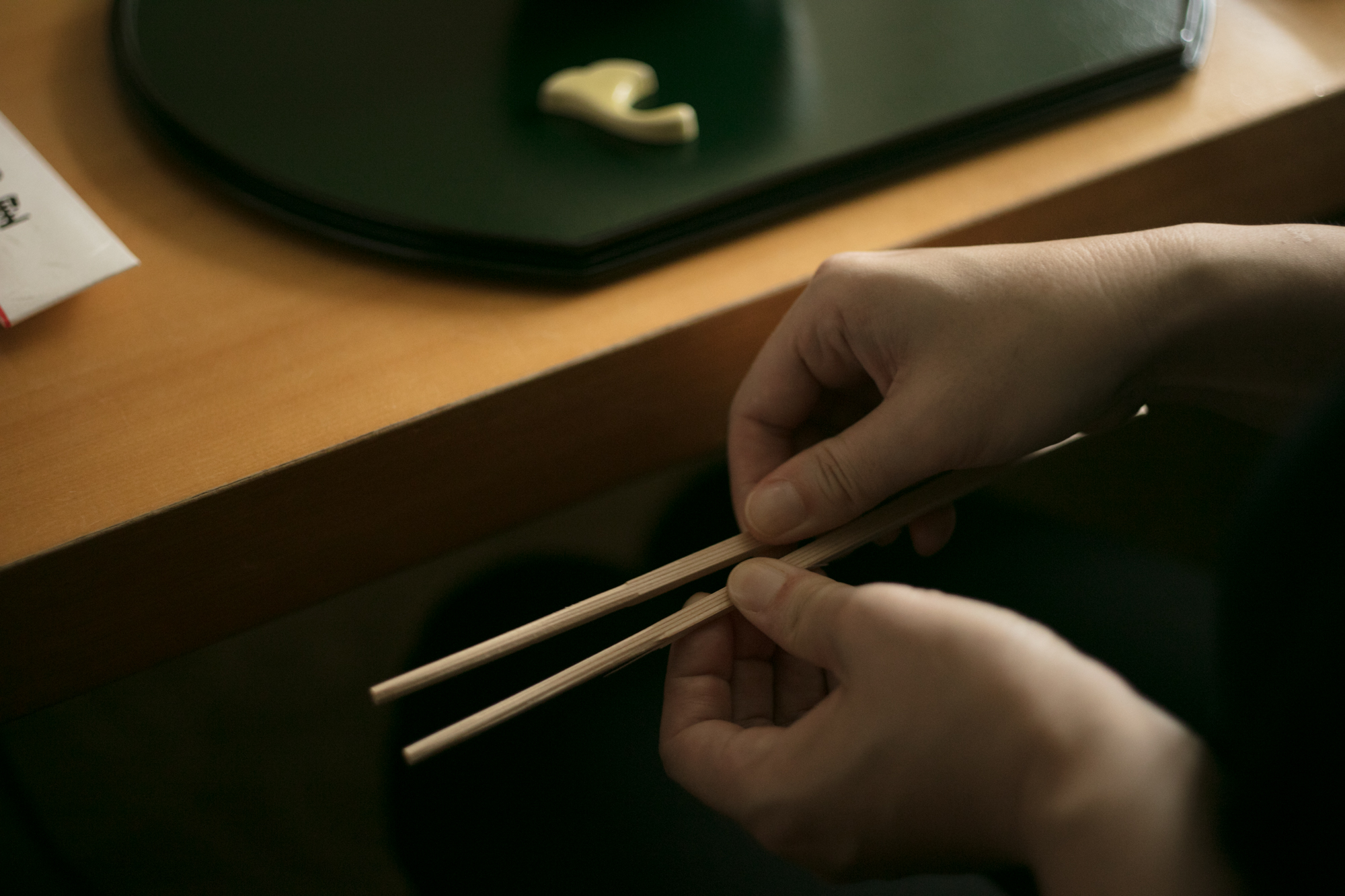
DATA
| When did it start? | It is said that since the time that records began regarding ancient matters, customers were served with a bucket of water and a towel. |
| Where can we see it? | At a restaurant or café. |
| Data related to this topic: | Production volume of paper napkin: 6,989 million (2015 Fiscal Year)
(According to Japan Hygiene Products Industry Association Website, General incorporated association) |
| Please note: | The Oshibori is for wiping hands, not the face or neck. |
In cooperation with: Hotel Okura Tokyo Japanese Restaurant/Tempura Yamazato


